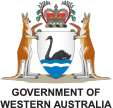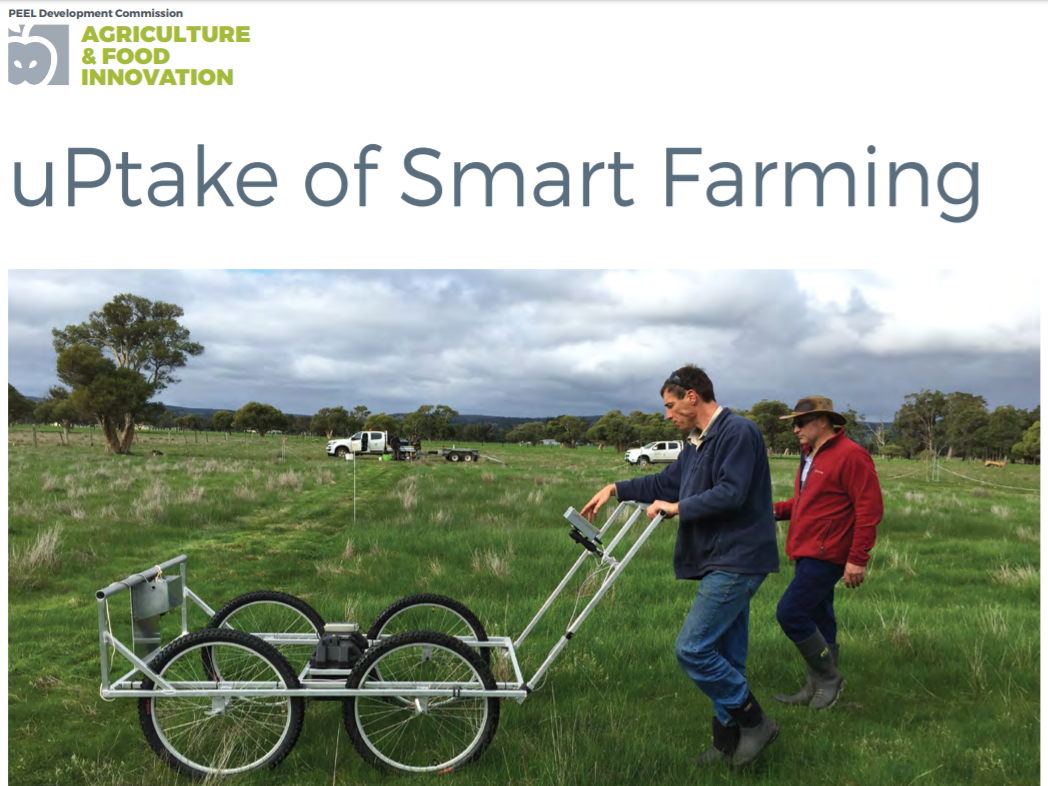WORDS & IMAGES | Rob Summers, Department of Primary Industries and Regional Development
Growing pastures on the Swan Coastal Plain is challenging because fertiliser nutrients like phosphorus, potassium and sulphur are not held strongly by local soils. Productivity is linked to the health and fertility of the soil and much of this is hidden from view.
More sustainable farming requires a better understanding of how pastures grow with fertilisers and how to measure and manage their performance.
Remarkable improvements in pasture growth have been obtained by applying superphosphate which meets the needs of the essential elements of phosphorus and sulphur to fuel and assemble the proteins of plants. Without soil testing, it can be difficult to see if phosphorus is limiting production or is in excess.
Too little nutrient means productivity falls, and too much, costs money and finds its way into waterways where it fuels algal growth.
Getting the balance right has relied on soil testing and plant tissue testing. Interpreting the results is based on decades of trials compiled from thousands of field measurements which have been developed in an Australiawide collaboration of soil and plant scientists.
In some cases, the type of pastures grown has changed, and soil test interpretation may need to adapt accordingly. Information from soil tests enables farmers to forecast and plan their fertiliser applications, but plant responses are not always immediate and techniques that allow more responsive feedback are required to tailor nutrient and pasture management.
Taking field measurements and developing plant nutrient response relationships can be laborious and occurred historically when labour, experienced researchers and funding sources were more plentiful. New technology is needed for researchers and farmers to assess and monitor their production and provide feedback on how pastures are responding to nutrients.
A collaborative partnership has been developed, leveraging State funding through the Regional Estuaries Initiative and Federal Smart Farming funding in a project named uPtake. The collaboration between fertiliser companies, farmers, researchers, catchment groups and government (Department of Primary Industries and Regional Development and Department of Water and Environmental Regulation) is comparing new techniques to measure plants with tried and tested manual techniques to define how plant growth responds to soil nutrients.
The uPtake project is an ambitious assessment of 36 pasture trials across six catchments with 19 trials being established in autumn 2019.
To identify sites and carry out trials on this scale has required partners to coordinate and work together and agree on techniques to test new equipment. Clever new ways of organising trials have had to be developed to be able to compare the plant nutrient responses to previously acquired national datasets.
Promising new technology
Measuring pasture growth can be a slow and tedious process. Technology from Victoria that uses the ultrasonic technology — the same as that used in car reversing warning devices — has been developed to measure pastures. The technology can be mounted on a ute or quad bike and driven through a paddock where it measures the height of pasture many times every second. The uPtake project is calibrating this device with traditional measures of pasture growth to validate it’s accuracy. The system is robust and would enable farmers to take measurements on the fly as a farmer inspects the paddock or moves livestock
Drones or UAVs, along with near infrared sensors have become accessible enough to be able to measure pasture volume as well as obtain information about plant health. Again this data needs calibration with manual techniques and the uPtake project is an ideal test bed for this. Technology to enable the sharing of data such as imagery is also being investigated.
Some host farmers have been very excited at the use of this technology and have flown their own drones over the trials and sent back updates to researchers where clear increases in production can be seen. This is giving growers immediate feedback on what factor is driving the plant growth.
Measurements of soil and plant composition requires expensive laboratory testing. Samples tested in this program and in archives from DPIRD’s previous testing will be evaluated using portable equipment used in the mining sector. X-ray fluorescence will be used to examine nutrient levels in soil and plant samples collected in uPtake and in the Regional Estuaries Initiative. The aim is to explore opportunities for more rapid feedback on farm nutrient decision making.
The project will be delivered over four years (2019–22) in the Peel- Harvey, Leschenault, Geographe, Hardy Inlet, Wilson Inlet and Oyster Harbour catchments in partnership with catchment groups and industry partners. The project is jointly funded through the State Government’s Regional Estuaries Initiative and the Australian Governments’ National Landcare Program with more than $5.5 million funding to improve the health of waterways and estuaries and help increase farm productivity and profitability.
uPtake aims to build partnerships and capacity in industry, catchment groups and farmers to work together to optimise productivity and minimise nutrient loss off farm. The uPtake project is supported by a Technical Reference Group who will develop and oversee the trials. Members of the Technical Reference Group include research scientists, farmers and representatives from government departments, catchment groups, grazing industry groups and the fertiliser industry.
MORE INFORMATION
For more information https://rei.dwer. wa.gov.au/uptake/
This article was first published in the Peel Magazine, Spring/Summer – vol 5.2 – to read and download the full magazine, click here.



